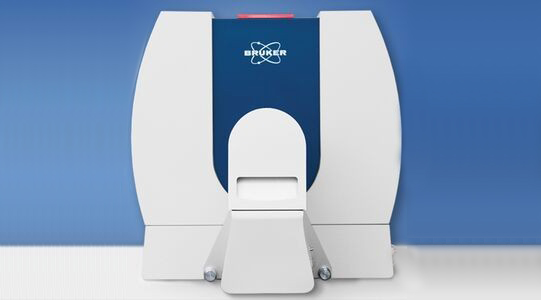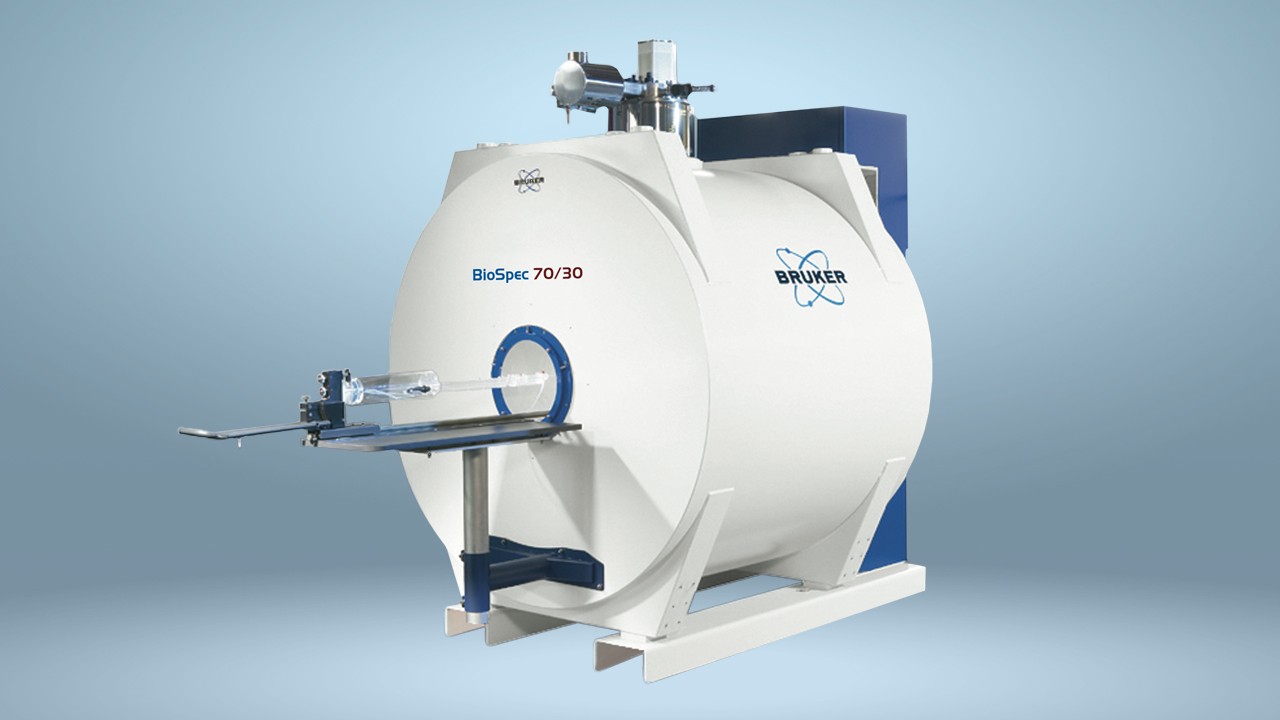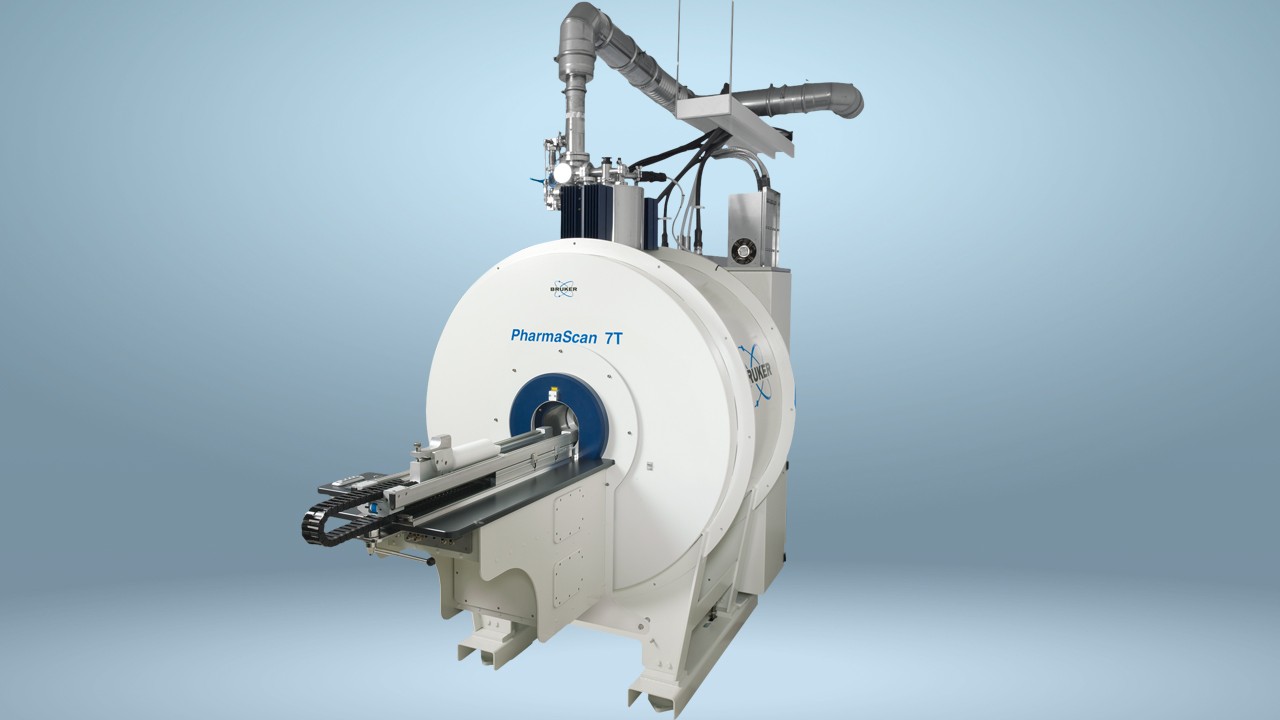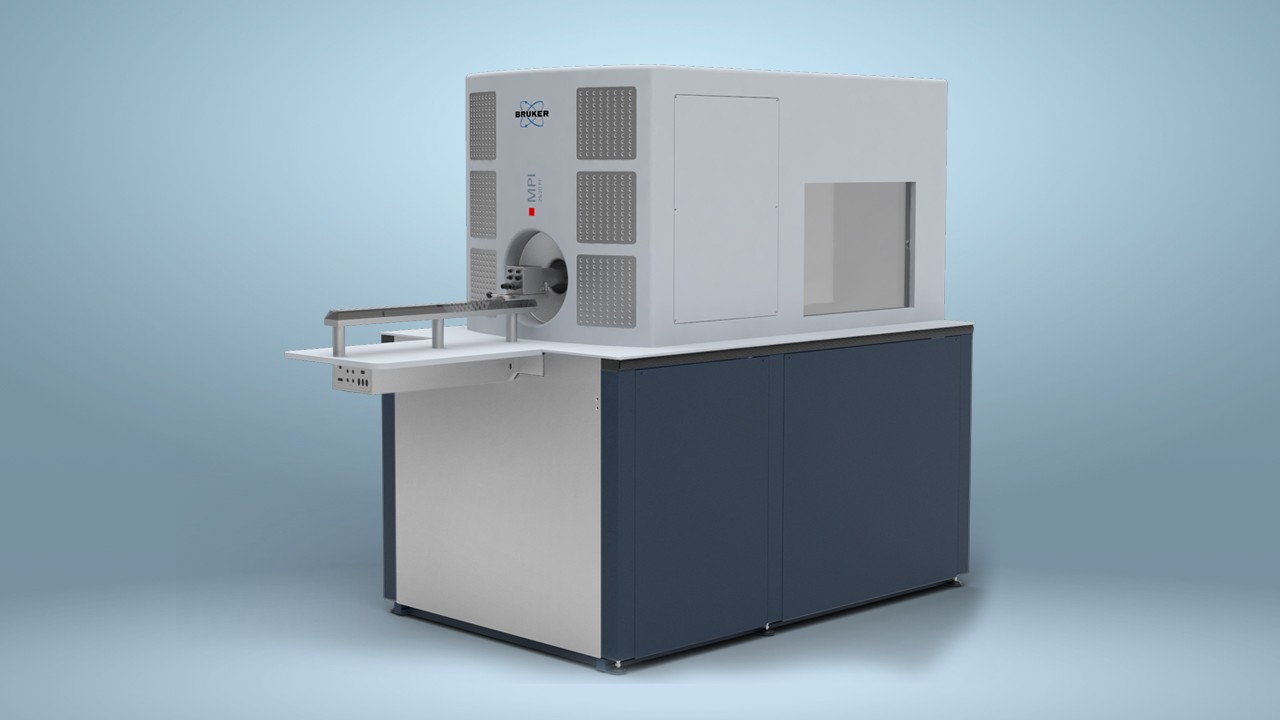Cardiovascular
Bruker's preclinical imaging solutions - key players in achieving a functional assessment of the heart
From detection of myocardial infraction to monitoring of atherosclerosis, MRI, PET, MPI and X-ray provide detailed insights into the study, diagnosis, and treatment of cardiovascular disease
MRI, PET and µCT imaging are well-established in the study, diagnosis, and treatment of heart disease. From detection of cardiomyopathy to monitoring of atherosclerotic lesion burden, those techniques complement each other in regards to speed of use, functional and structural capabilities. Generally, all in-vivo imaging methods benefit from minimal invasiveness,
Imaging technologies have been instrumental in this field, and Bruker’s dedicated line of products will help take your studies to the next level. As opposed to Ultrasound Bruker's modalities offer true 3D tomographic imaging without penetration depth limitation in preclinical imaging applications. For those looking to identify novel pathways, potential drug targets, and treatment outcomes, Bruker’s instruments aid the identification and localization of cardiac abnormalities as well as monitoring of disease progression.
Researchers seeking to better understand cardiac disorders will be amazed by the structural and functional analysis which is possible with images from Bruker's small-animal MRI and Magnetic Particle Imaging (MPI) technology, which allows the non-invasive, longitudinal, detection of minute changes occurring in relation to disease progression, genetic and dietary alteration, or pharmacological intervention.
Application notes
-
Coincidence high-resolution and high-sensitivity PET imaging.pdf
(PDF, 1 MB)
-
Dynamic-Imaging-App-Note.indd.pdf
(PDF, 4 MB)
-
Bruker PET: Workflow and Techniques in Gated Imaging with Special Focus in Cardiac Analysis
(PDF, 650 KB)
-
Cardiovascular Magnetic Resonance in Mice
(PDF, 1 MB)
-
Continuous Arterial Spin Labeling with a Dedicated Labeling Coil.pdf
(PDF, 2 MB)
-
T186315_Bruker Preclinical Cardiac MR Rapid Setup Fast Scans AI Analysis.pdf
(PDF, 6 MB)
-
Cardiac MR Imaging in Mice: Morphometry and Functional Assessment
(PDF, 1 MB)
-
Cardiac-MRI.pdf
(PDF, 1 MB)
-
T155822_spectral_unmixing_of_indocyanine_of_sycamore_leaf_application_note.pdf
(PDF, 333 KB)
-
T155829_barium_angiography_in_small_animals_application_note.pdf
(PDF, 364 KB)
-
T160682 _simultaneous-apoptosis-angiogenesis-application_note.pdf
(PDF, 560 KB)
Support
Service and Life Cycle Support
Bruker’s commitment to provide customers with unparalleled help throughout the buying cycle, from initial inquiry to evaluation, installation, and the lifetime of the instrument is now characterized by the LabScape service concept.
LabScape Maintenance Agreements, On-Site On-Demand and Enhance Your Lab are designed to offer a new approach to maintenance and service for the modern laboratory



